THE WASHINGTON POST: Pope Francis’s most defining moments
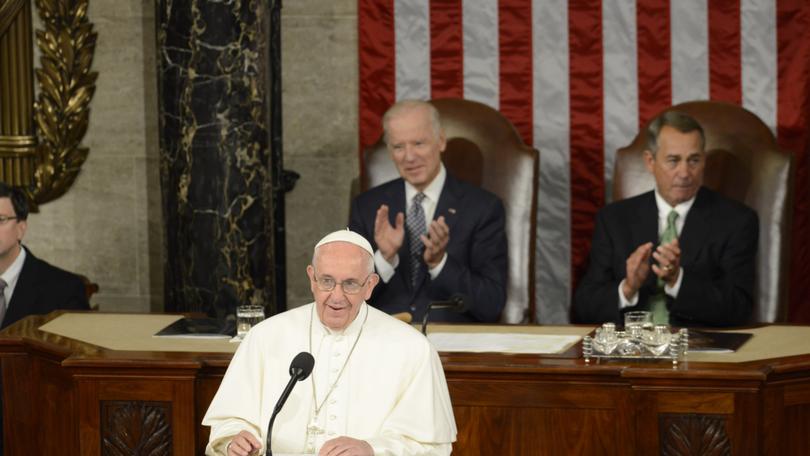
Pope Francis was known for his humility, advocacy for society’s most vulnerable, and bold stances on issues as varied as climate change, LGBTQ+ rights and global conflicts, including the war in the Gaza Strip. After almost 12 years as head of the Roman Catholic Church, he died Monday at age 88. Francis died of a stroke that put him into a coma and led to heart failure, the Vatican said.
Here are some of the most memorable moments of his career.
February 28, 1998
Sign up to The Nightly's newsletters.
Get the first look at the digital newspaper, curated daily stories and breaking headlines delivered to your inbox.
By continuing you agree to our Terms and Privacy Policy.Jorge Mario Bergoglio was ordained as a priest in 1969 and rose to become the archbishop of Buenos Aires in 1998. A devoted member of the Jesuits - a Catholic order known for its emphasis on social justice - he dedicated his life to serving the poor and marginalised. On February 21, 2001, Pope John Paul II elevated him to the College of Cardinals. Committed to humility and charity, Bergoglio asked well-wishers who wanted to travel to Rome to celebrate him to instead donate the money to the poor.
April 19, 2005
Cardinal Bergoglio participated in the conclave that elected Cardinal Joseph Ratzinger to be Pope Benedict XVI.
March 13, 2013
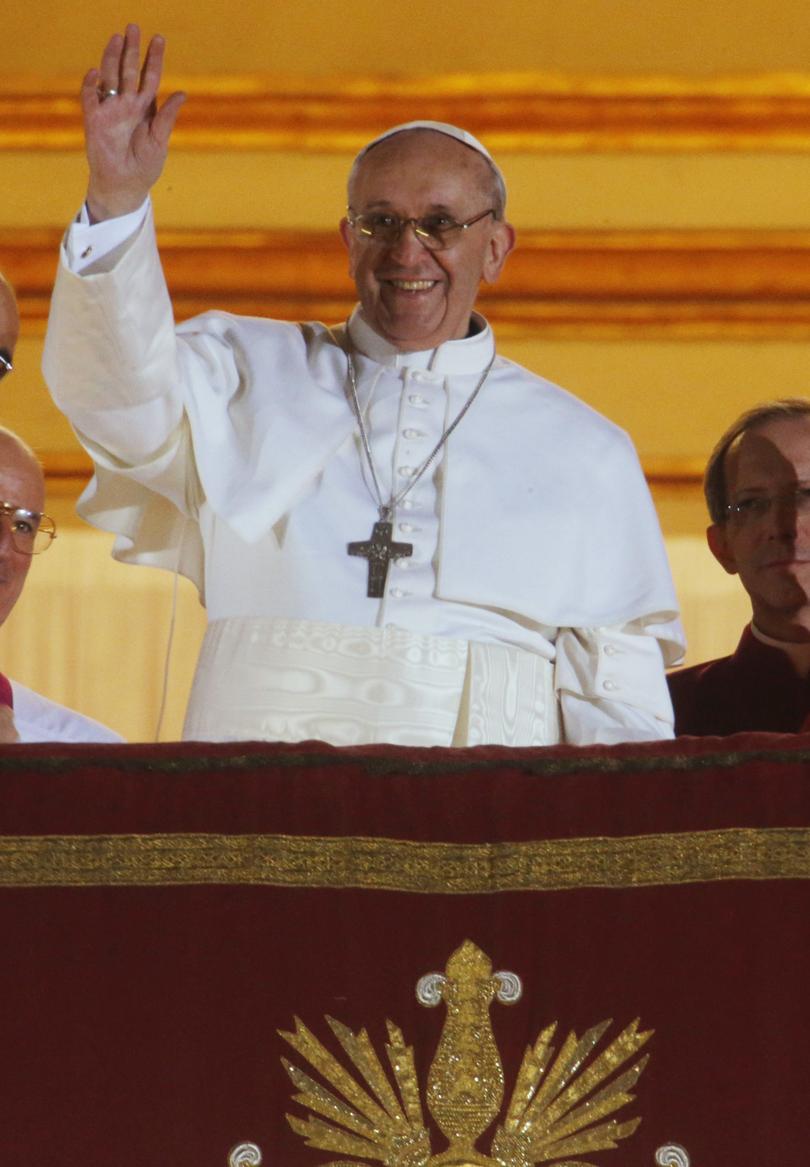
After the resignation of Pope Benedict XVI in February 2013, Bergoglio was elected the 266th pope of the Roman Catholic Church, becoming the first pope from the Americas and the first Jesuit pope. He was also the first to take the name Francis, in honour of Saint Francis of Assisi. In a departure from tradition, Francis made his first papal appearance in a simple white cassock, forgoing the elaborate vestments worn by his predecessors - a symbolic gesture that underscored his humility and commitment to a simpler, more accessible Catholic Church.
March 23, 2013

Pope Francis travelled to Castel Gandolfo in Italy to meet with his predecessor, Pope Emeritus Benedict XVI - which marked the first time a sitting pope met with his predecessor since the 1800s, according to the Vatican.
July 8, 2013
Francis’s first official trip as pope was to Lampedusa, a small Italian island near North Africa that has become a key landing point for migrants and asylum seekers crossing the Mediterranean Sea. In a speech, delivered in Lampedusa’s main square, Francis placed the blame for migrants’ suffering not on asylum seekers but on those in power, condemning global indifference to the fate of migrants.
July 29, 2013
While speaking to reporters on a flight back from Brazil, Francis stated that while the Catholic Church considers homosexual acts sinful, having a homosexual orientation is not. He also expressed a desire for women to have a greater role in the church but reaffirmed that they could not be ordained as priests. While the church’s doctrine remains unchanged, Francis was more welcoming and inclusive.
“If a person is gay and seeks out the Lord and is willing, who am I to judge that person? ”
- Pope Francis
January 18, 2015
More than 6 million people braved the rain to attend an open-air Mass with Francis during his visit to Manila - the largest Mass in papal history. The Philippines is home to one of the largest Catholic populations in the world, after Brazil and Mexico.
July 12, 2015
While Francis once warned young people against spending too much time on the internet, he also embraced the digital age, becoming a selfie sensation. When asked what he thinks about so many people wanting to take these photos with him, he said: “I feel like a grandfather! ... It’s another culture - I respect it.”
September 24, 2015
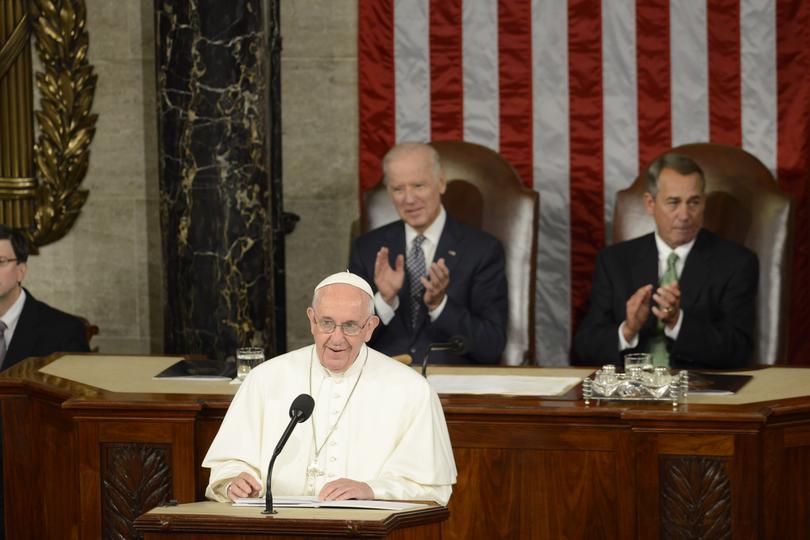
Francis became the first pontiff to address the U.S. Congress. He took the opportunity to call on US politicians to embrace immigrants and accept people who “travel north in search of a better life.”
March 24, 2016
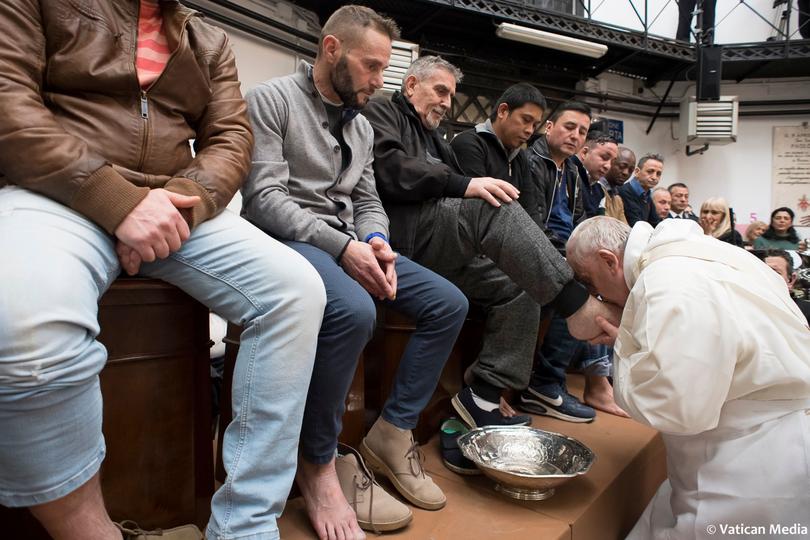
At a centre for asylum seekers outside of Rome, Francis knelt before migrants from Mali, Eritrea, Syria and Pakistan and washed their feet. The ritual of feet-washing is as old as Christianity - Jesus washed the feet of his 12 apostles at the Last Supper. In the 1950s, it became a formal part of Mass on Holy Thursday, which commemorates the Last Supper. But with anti-immigration sentiment on the rise in Europe, Francis’s act was a deliberate statement.
April 11, 2019
In one of the most powerful moments of his papacy, Francis bent down to kiss the feet of South Sudan’s warring leaders. He had invited them to the Vatican to plead for peace after a civil war in South Sudan had claimed nearly 400,000 lives.=
March 27, 2020
As COVID-19 spread and restrictions were put in place worldwide, Francis held a prayer service in a nearly empty St. Peter’s Square during which he said that the coronavirus had placed everyone “on the same boat,” and he encouraged people to see the crisis as a test of solidarity. When a coronavirus vaccine was released in 2021, the pope released a video message encouraging people to get vaccinated.
“Being vaccinated with vaccines authorised by the competent authorities is an act of love,” he said.
October 4, 2021
From his first homily, Francis emphasised the need to protect the Earth and all of creation. In 2015, he dedicated an encyclical - a major papal document - to the environment, warning against the dangers of exploiting nature and framing the protection of the planet as a moral responsibility. In 2021, ahead of the global climate summit COP26, he invited scientists and religious leaders to the Vatican for a “Faith and Science” summit, highlighting the interdependence of people, animals and the environment.
“No creatures are self-sufficient; they exist only in dependence on each other, complementing one another and in the service of one another,” he said.
July 25, 2022
During a visit to Canada, Francis issued an apology for the Catholic Church’s role in running residential schools that forcibly removed Indigenous children from their parents and tried to assimilate them into Euro-Christian society. Many were physically and sexually abused.
“I am deeply sorry - sorry for the ways in which, regrettably, many Christians supported the colonizing mentality of the powers that oppressed the Indigenous peoples.”
- Pope Francis
January 5, 2023

Francis presides over the funeral Mass for Pope Emeritus Benedict XVI in St. Peter’s Square. This was the first time in more than 200 years that a pope participated in his predecessor’s funeral.
October 2023
The pope began checking on parishioners in the Gaza Strip at the start of the Israel-Gaza war in October 2023, and he continued to make daily calls even after he was hospitalised in 2025. Although the calls lasted only a few moments, they were meant to keep Francis connected with the parish community where more than 600 Christians and Muslims were sheltered.
February 10, 2025
In a letter to US bishops, Francis criticised President Donald Trump’s mass deportation plan, calling on people “not to give in to narratives that discriminate against and cause unnecessary suffering to our migrant and refugee brothers and sisters.” He also appeared to target Vice President JD Vance’s defense of the migrant deportation program on theological grounds. This was not the first time the pope and Trump have sparred over migration. In 2016, while Trump was a presidential candidate, Francis said anyone who builds a wall to keep out migrants was “not a Christian.”
“The rightly formed conscience cannot fail to make a critical judgment and express its disagreement with any measure that tacitly or explicitly identifies the illegal status of some migrants with criminality.”
- Pope Francis
April 20, 2025
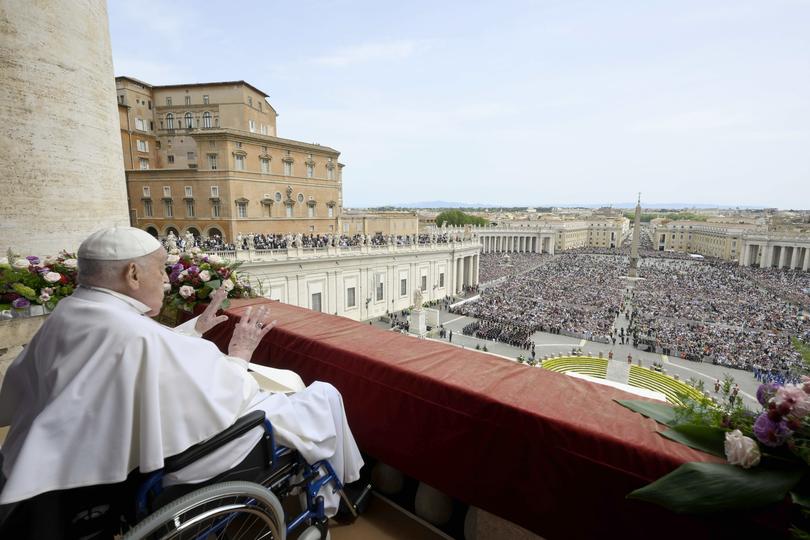
Francis offered a silent blessing for Easter Sunday at the Loggia of Blessings, a balcony overlooking St. Peter’s Square in Vatican City. He appealed to people to resist the “logic of fear” and focus on “weapons that build the future, instead of sowing seeds of death.” Francis then surprised the roughly 35,000 people in the square by traversing it in his popemobile.
Before his final public appearance, the Pope briefly met with Vance. The Vice President is the last known world official to meet with Francis before his death. There had been speculation about whether the pope would welcome Vance during this trip, as they had clashed on immigration policy and Vance had been critical of some of Francis’s teachings.
April 21, 2025
After almost 12 years of leading more than 1.4 billion Catholics around the world, Francis died at his residence in Vatican City on April 21, the Vatican announced. His cause of death was identified as a stroke, followed by a coma and irreversible cardiocirculatory collapse.
Two months before, after a bout with bronchitis, Francis had been hospitalised in Rome with what Vatican officials called a “complex clinical picture” that included a diagnosis of double pneumonia. In recent years, he had suffered recurring respiratory infections, undergone colon and abdominal surgery, and experienced increasing mobility problems, requiring the use of a cane and wheelchair.
© 2025 , The Washington Post
